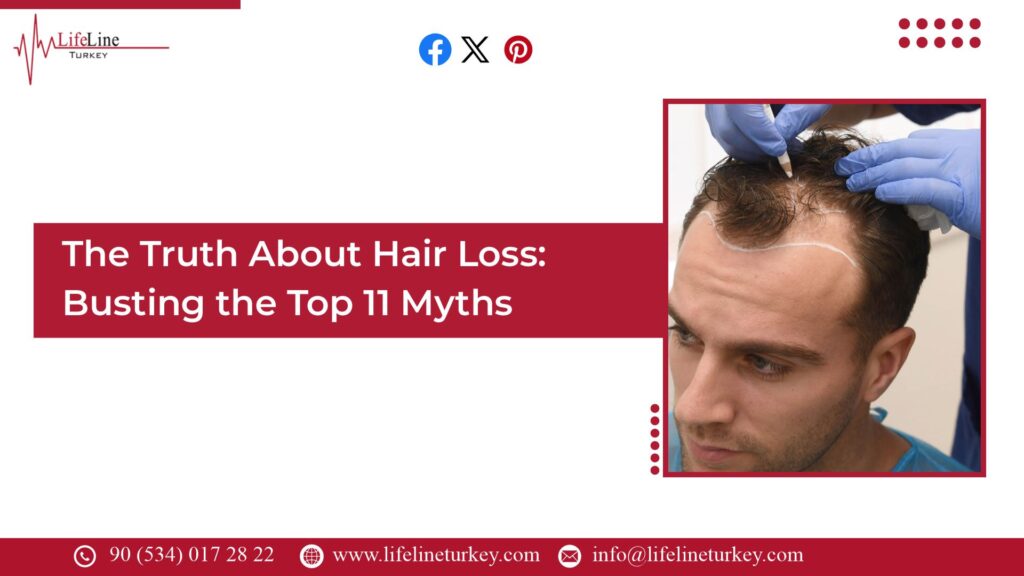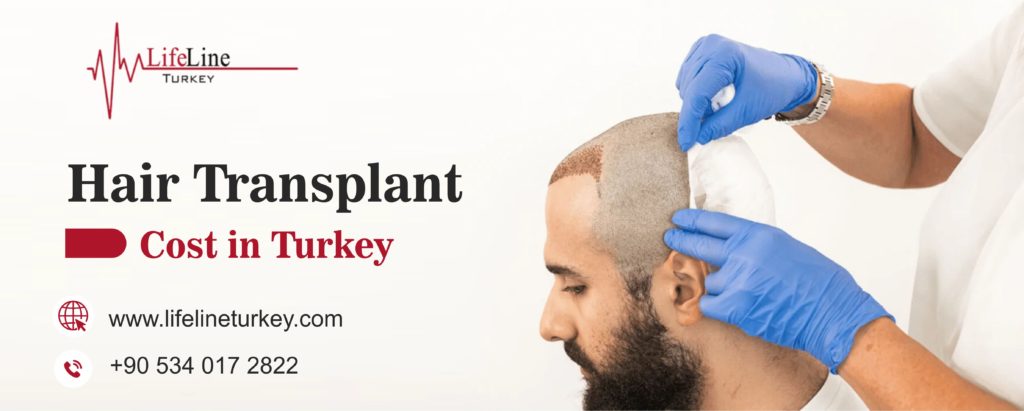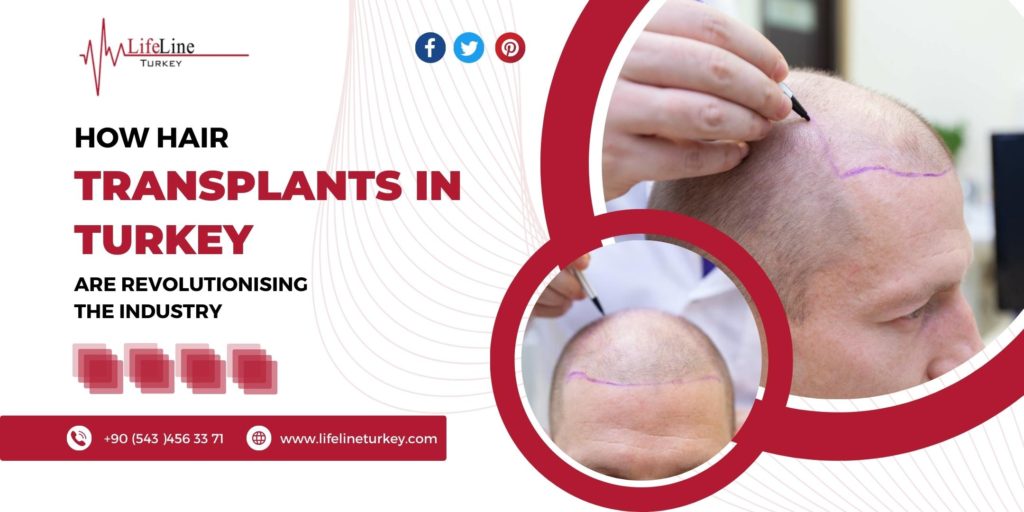Your hair is more than just something that sits on your head; it’s a part of you that shapes your look and makes you feel positive about yourself. Healthy, beautiful locks highlight your face and add to your overall charm. But when your hair starts thinning, it can be worrying and confusing. Many people struggle with hair loss, yet numerous myths are associated with it.
It’s time to separate fact from fiction and address the real causes and solutions for hair loss. Here, we bust the top 10 myths about hair loss to help you better understand this condition and take the right steps towards healthy hair.
Myth 1: Older Men Only Suffer Hair Loss
Reality: While it’s true that hair loss is more common in older men due to male pattern baldness, it can affect anyone, regardless of age or gender. Women and younger individuals can also experience hair loss due to hormonal imbalances, stress, medical conditions, or genetic predisposition. In women over 40, around 40% experience noticeable hair loss.
Myth 2: Wearing Hats Causes Hair Loss
Reality: Hats are believed to cause hair loss because they cut off circulation to the scalp. Scientific evidence, however, does not support this claim. External factors like wearing hats do not cause hair loss but are primarily due to genetics, hormones, and certain medical conditions. So, feel free to wear your favorite hat without worry.
Myth 3: Shampooing Daily Leads to Hair Loss
Reality: Shampooing your hair every day does not cause hair loss. The hair you see in the drain or on your comb is usually already in the shedding phase. Regular shampooing helps keep the scalp clean and healthy, essential for maintaining strong and healthy hair. The key is to choose a gentle, sulfate-free shampoo that suits your hair type.
Myth 4: Stress Always Causes Permanent Hair Loss
Reality: Stress can lead to hair loss, but it’s usually temporary. The resting phase of hair follicles caused by conditions like telogen effluvium can lead to significant shedding. However, once you manage or reduce the stress, hair usually regrows. Chronic stress, however, might worsen genetic predispositions to hair loss, so managing stress effectively is essential.
Myth 5: Your Mother’s Side Causes Hair Loss
Reality: The genetics of hair loss are not as simple as inheriting it from your mother’s side of the family. Both parents can inherit hair loss, and various genes play a role.Both maternal and paternal genetic factors increase your chances of having hair loss.
Myth 6: Cutting Your Hair Makes It Grow Thicker
Reality: Hair grows from the follicles in your scalp, not from the ends. Cutting your hair doesn’t affect new hair’s growth rate or thickness. It removes split ends, temporarily making hair appear healthier and thicker. A balanced diet and proper scalp care are crucial for a noticeable increase in hair thickness.
Myth 7: Insufficient Circulation Causes Hair Loss
Reality: The belief that inadequate circulation to the scalp causes hair loss is a misconception. If poor circulation were a factor, you’d likely see hair loss across your entire body, which isn’t the case. Genetic causes, hormonal changes, or certain health disorders primarily cause hair loss, not blood flow to your scalp.
Myth 8: Expensive Treatments Work for Hair Loss
Reality: While some expensive treatments can be effective, they are not the only options. Many individuals have proven the effectiveness of FDA-approved treatments like minoxidil and finasteride. Additionally, lifestyle changes such as improving your diet, reducing stress, and avoiding harsh hair treatments can help manage hair loss without breaking the bank.
Myth 9: Hair Loss Is Always Permanent
Reality: Not all hair loss is permanent. Temporary hair loss can occur due to stress, hormonal changes, or medical treatments like chemotherapy. When we address the underlying cause, hair often regrows. Even in permanent hair loss cases, treatments like Fut hair transplant Istanbul or medication can help restore some lost hair.
Myth 10: All Hair Loss Is the Same
Reality: There are different types of hair loss, each with its causes and treatments. Androgenetic alopecia, often known as male or female pattern baldness, is the most prevalent. Other forms include alopecia areata, telogen effluvium, and traction alopecia, each with different triggers and treatment approaches. To find the right solution, you need to know what type of hair loss you have.
Myth 11: Hair Transplants Don’t Look Natural
Reality: This myth may have been true decades ago, but advancements in hair transplant technology have changed the game. Modern hair transplant techniques, such as Follicular Unit Extraction (FUE) and Follicular Unit Transplantation (FUT), allow for the precise placement of individual hair follicles, resulting in a natural look that blends seamlessly with your existing hair. The surgeon’s skill is key, so choosing an experienced professional is essential for achieving the best results.
Discover Hair Restoration Solutions with Lifeline Turkey!
Understanding the truth about hair loss can empower you to control your hair health. While being concerned about hair loss is normal, falling for myths can lead to unnecessary worry and ineffective treatments. If you’re experiencing hair loss, consult a healthcare professional or a dermatologist at Lifeline Turkey to explore the best options. With accurate information and proper care, you can manage or even reverse the effects of hair loss. If you have hair loss, a FUT hair transplant in Turkey may be the permanent solution you’ve been seeking. Our experienced team is ready to assist you with personalized advice and cutting-edge hair transplant procedures. Look at our advice to see if you are a good candidate for a hair transplant.



